The magnificent walled garden at Gordon Castle, a 'miraculous proof of life after death' that is 'the future of the kitchen garden'
Steven Desmond looks at Gordon Castle Walled Garden at Fochabers in Morayshire, and applauds a ground-breaking restoration that balances productivity with beauty. With photographs by Britt Willoughby-Dyer.
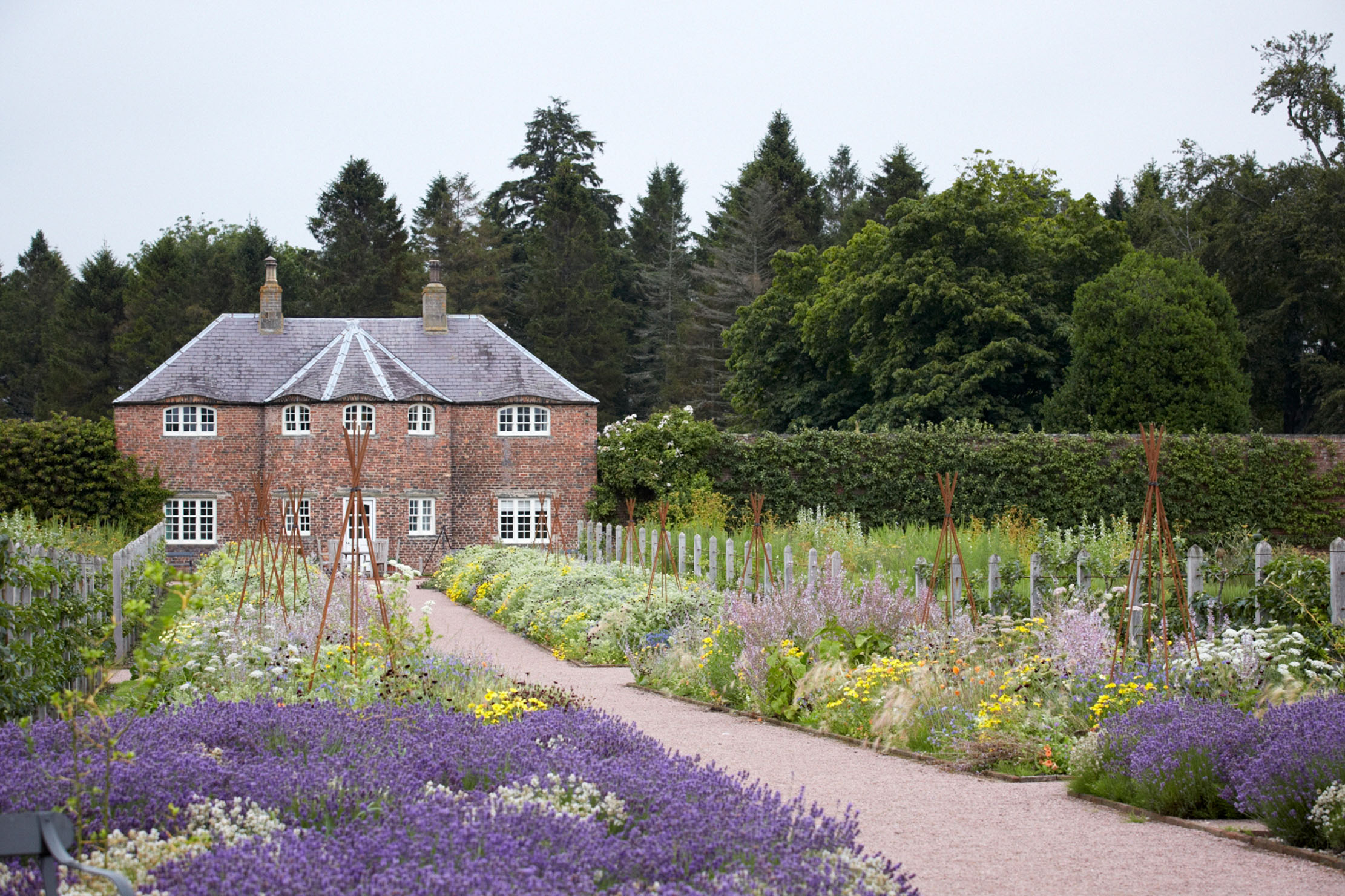
The country house kitchen garden, such a deserved visitor attraction throughout this country, is, in most cases, a miraculous proof of life after death. Forty years ago, most such places had all but faded from the public consciousness. The great rectangle of tall brick walls typically stood in a curiously isolated position behind great shelterbelts, the old doors firmly shut. Within was a scene of silent abandonment, at best a great court of sheep-grazed grass, at worst a plantation of Christmas trees or a caravan park, all presided over by a grim row of collapsing Edwardian glasshouses. There seemed no prospect of a brighter future.
What a change in modern times. Wherever we go nowadays, we expect to walk into that distinctive space and find a busy scene of productive order, with trained fruit against the walls and labels announcing the presence of Lord Derby, Peasgood’s Nonsuch and the Revd W. Wilks.
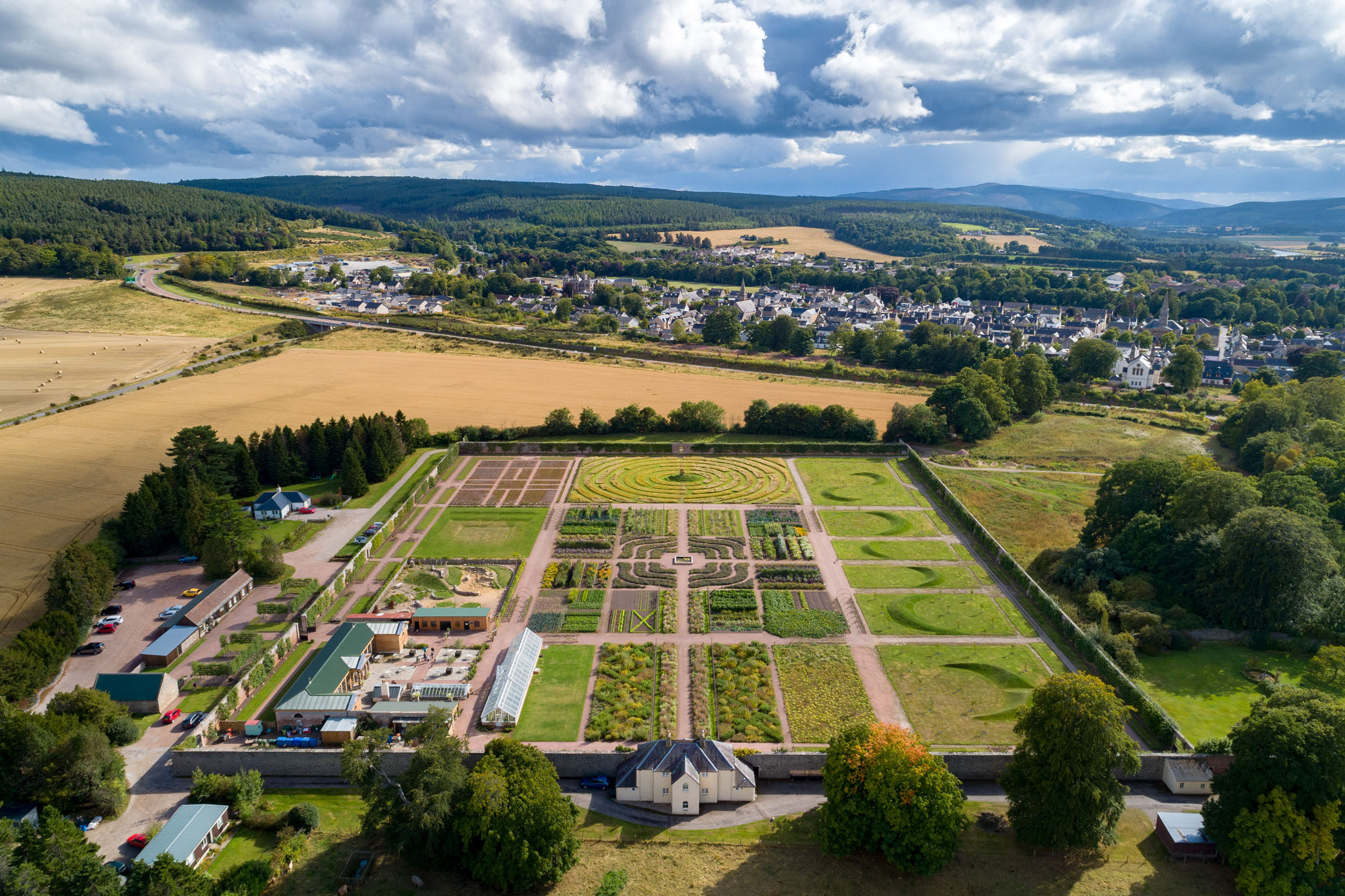
The causes of this thrilling revival are many and various. No one should imagine the economic world of Mr Asquith’s Britain has returned. What matters is that, in each case, a happy combination of expertise and enthusiasm with a degree of commercial flair has breathed new life into these unique features. The spirit of Harry Dodson surely looks down benevolently upon them all.
In terms of sheer vastness, the walled garden at Gordon Castle, on the lower reaches of the Spey east of Inverness, is as gasp-inducing as any of its contemporaries. Ben Stokes could barely hit a cricket ball from one wall to the other. These walls arose in 1803 as part of a new project on the site of the ancient Bog of Gight, not, at first hearing, the obvious setting for the production of fruit, vegetables and cut flowers.
Yet all went well, especially in the second half of the 19th century, the golden age of head gardeners commanding their forces of departmental foremen, journeymen, improvers and pot-boys. The great man here was John Webster, among whose legacy we find to this day the apple Beauty of Moray (no phrase could be more apt in this lovely stretch of country) and the plum Gordon Castle, the fruit of which hung from the branches at the time of my visit.
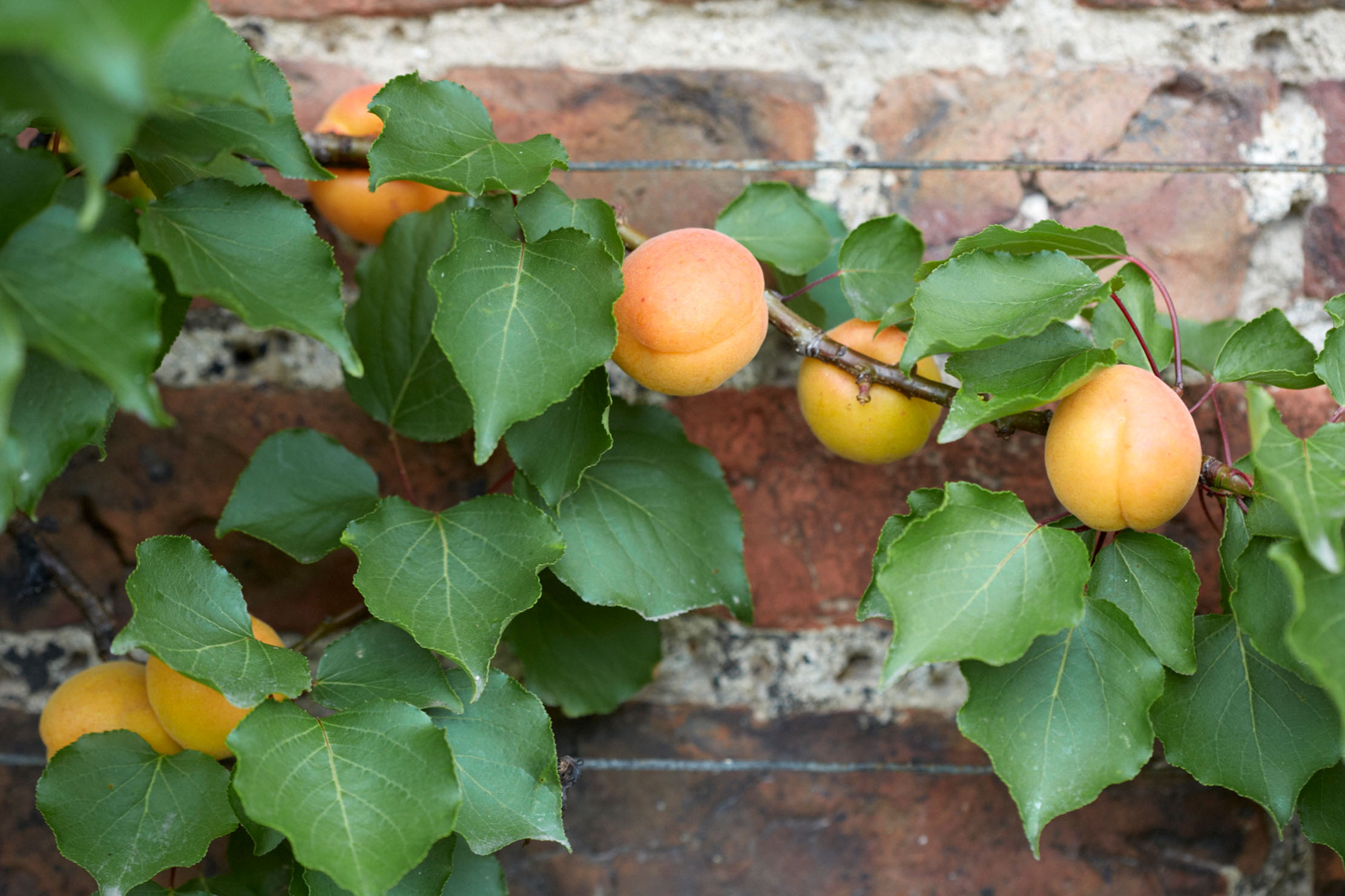
Although the garden suffered the decline typical of its contemporaries in the middle years of the 20th century, that door was never closed. Notable head gardener Willie Robertson started at the castle in 1948 and managed to keep at least the wall fruit going until the change of attitudes came in modern times. His is the name on everyone’s lips here when we talk of heroes in a crisis.
The present scheme dates from 2012, an astonishingly recent date when we take in the splendour of the scene on view today. At first sight, it is hard to imagine that there could ever have been any period of decline, but, gradually, the ingenuity of the transformation becomes apparent. Angus and Zara Gordon Lennox made good choices at the outset when they chose Arne Maynard to design a new planting layout and Craig Hamilton to make a key architectural contribution.
Sign up for the Country Life Newsletter
Exquisite houses, the beauty of Nature, and how to get the most from your life, straight to your inbox.
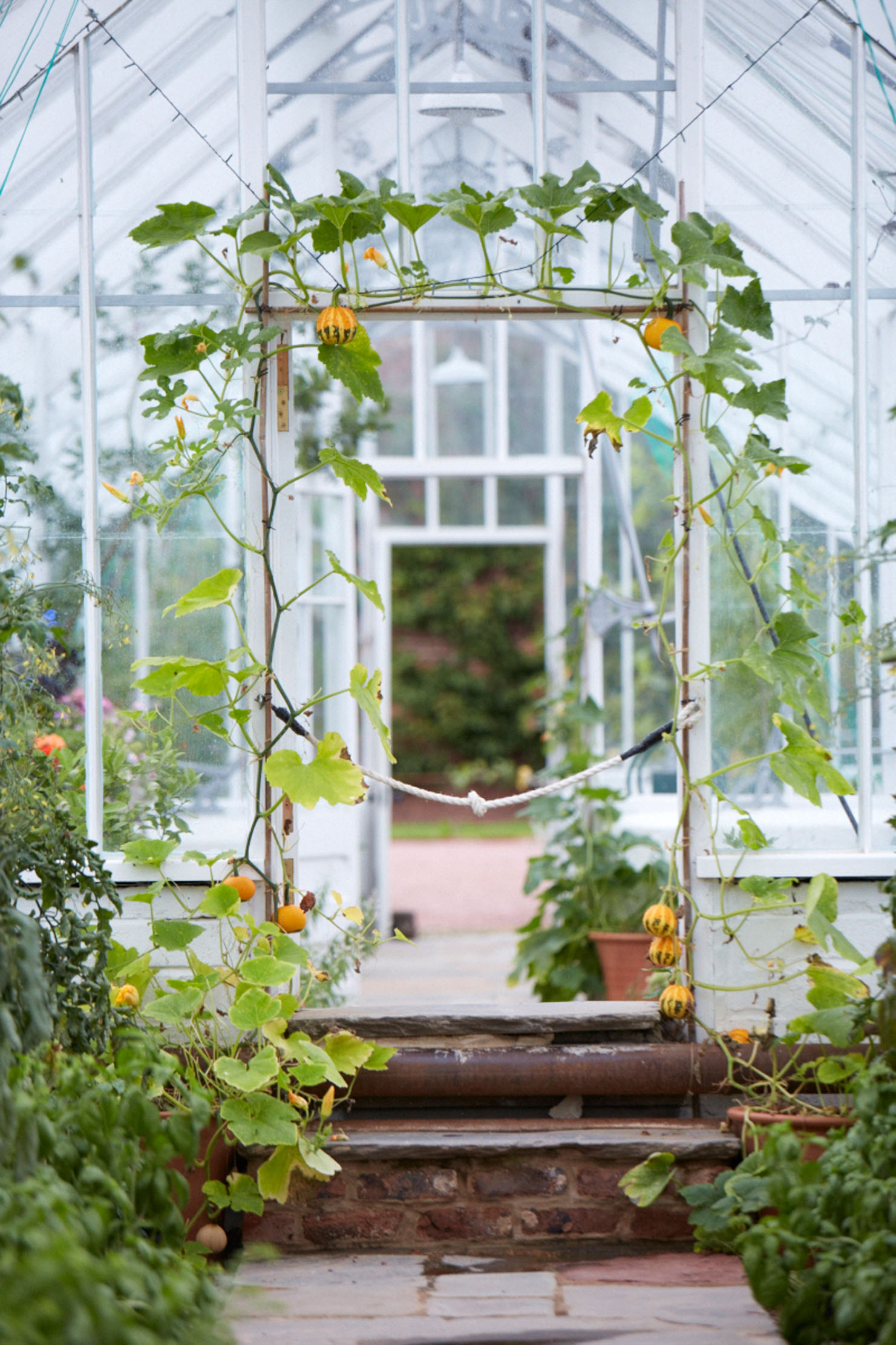
The big difficulty in the first instance was surely the fact that the whole vast space can be taken in at a glance on entering. This rather puts the lid on piecemeal development over a series of phases. Fortunately, there was never any intention simply to re-create the past, which might rapidly have run into the sands of impracticality. Instead, the whole project has been ‘reimagined’: the handsome bones of the ancient layout have been retained, but with a core of fruit, vegetables and cut flowers surrounded by a wider series of specialist ornamental gardens.
One helpful focus for all this grid-plan magnificence is the surviving Garden Cottage in the centre of the north wall. This is an unusual location for the head gardener’s residence and it is an unusually handsome example, but it forms a powerful centrepiece from which the old and new layouts clearly derive. The broad walk south from it is, once again, resplendently lined with linear flower borders, largely now composed of colour-graded cut-flower beds.
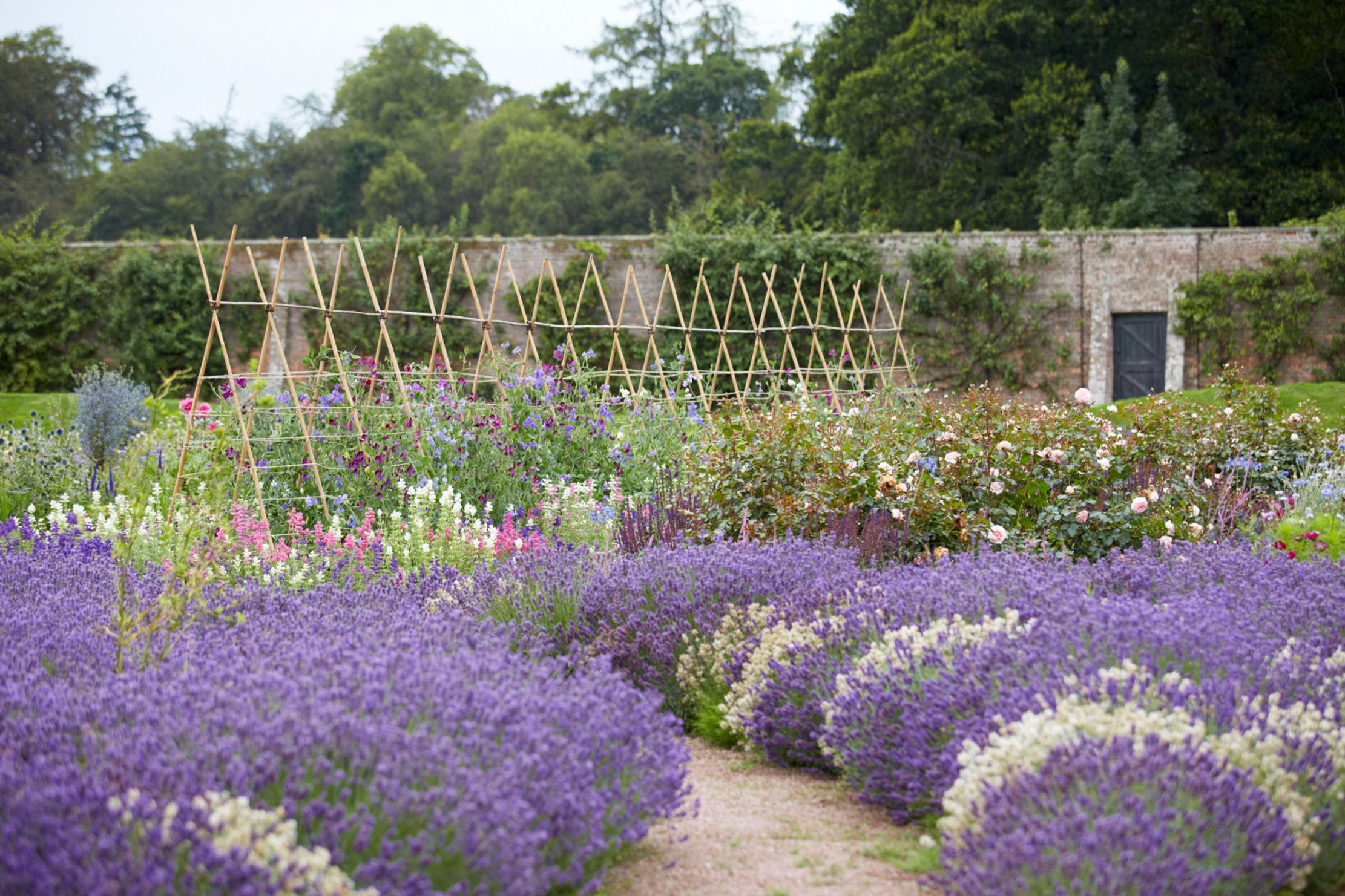
This clever idea, effectively producing a cutting garden that looks like a sequence of Jekyllian borders, neatly achieves the elegant blend of tradition and modernity ideally suited to this place. The whole scheme is intelligently brought together by placing a big square pool in the centre of the layout, where the two cross-walks converge. This is happily entitled the Dipping Pond, the traditional name for this typical feature of kitchen garden, into which gardeners have always dipped their watering cans before marching off to all parts. Curiously, there never was such a pond here before. Its creation certainly helps to orientate the visitor in this world of colourful order.
In the north-eastern corner of the garden, handily placed near the visitor entrance, is a very interesting group of buildings. These occupy the former site of the range of productive glasshouses. In a kitchen garden, we usually expect to find these stretched out along the north wall, making the most of the sunshine, and their unconventional grouping here, huddled in one corner, must have been intended to avoid the cruel action of the morning sun on frosted plant tissue.
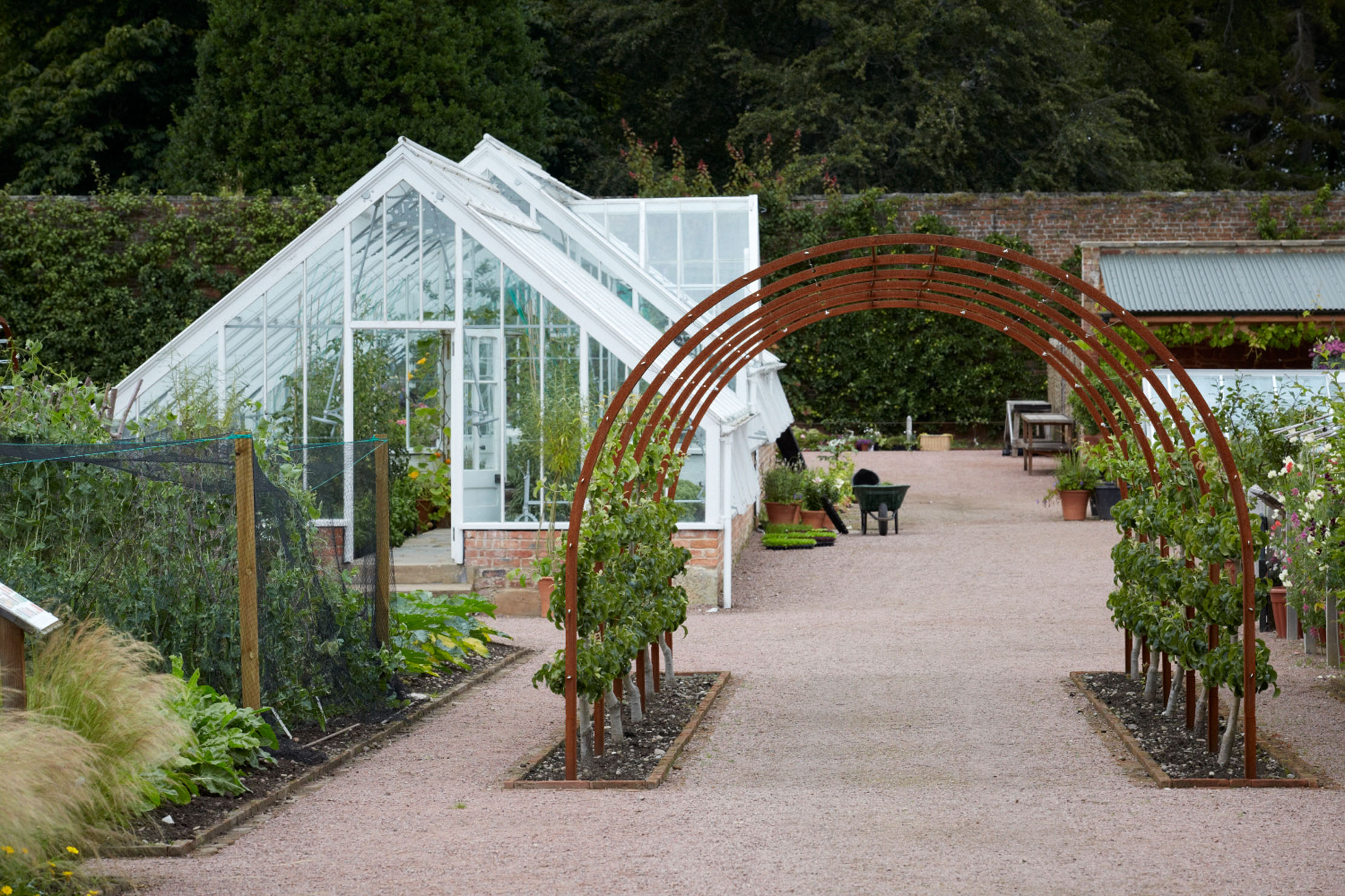
All but two of those glasshouses have now gone. The big one that remains, a long, freestanding structure of Edwardian appearance, was built by Mackenzie and Moncur of Edinburgh, one of the half-dozen great names of the day. In the summer months, it is chiefly given over to a positively regimental display of tomatoes in big clay pots alternating with equally big pots of basil, filling the air with glorious scent.
Nearby is an elegant intruder on this scene, a building of such distinction that it comes as quite a shock to realise it is a cafe. Now, of course, many gardens open to the public provide this desirable facility, but surely few can offer a site of such sober grandeur. The moment I set eyes on it, I recognised my old friend the Primitive Doric style, imagined by Sir William Chambers in his mid-18th-century daydream of an ancient world. The portico features four vast trunks of rough-hewn timber as the column shafts, with rudimentary fitments of base and capital at either end: the speculative origin of Classical architecture. This is a terrific architectural effort by no less a master than Craig Hamilton and ranks alongside the orangery at Kensington Palace for tearoom superiority. Not the least of its impressive aspects is that the building was constructed by the estate workforce using local timber.
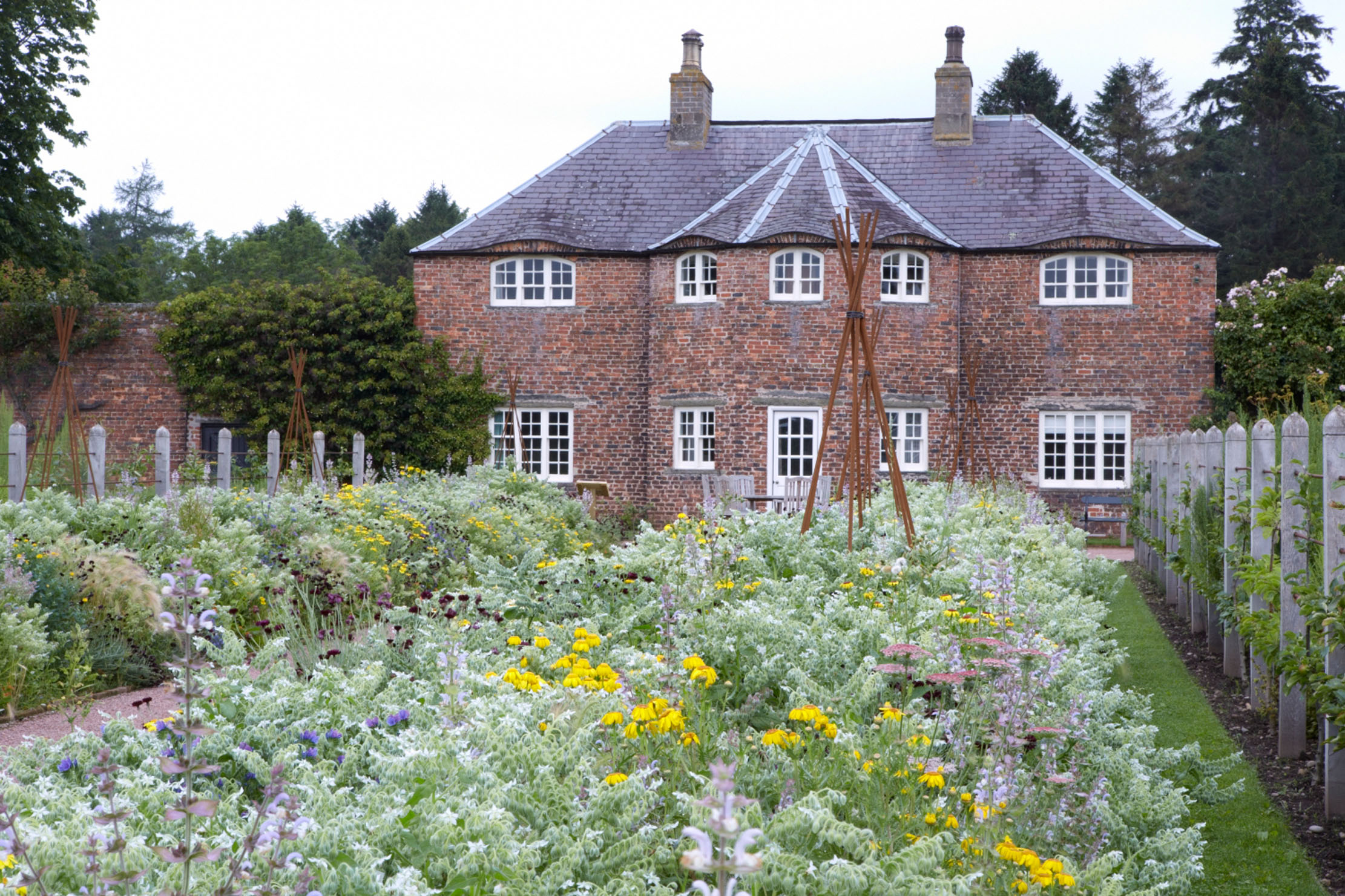
It is a fine thing to have persuaded two such distinguished designers to bring this great project together, but without a first-class head gardener, the whole thing might quietly dwindle away. Fortunately, the right man is in post, in the form of Ed Bollom, Pershore-trained with experience of working at Highgrove and Chatsworth. Like all such characters, he revels in the endless challenges here and I notice that, as well as all the conventional pruning skills needed for trained fruit, he has now set himself the task of mastering the Lorette system of pruning apples and pears into shapes, combining exceptional beauty with maximum productivity. This can only mean that he revels in the mystery of his craft, too.
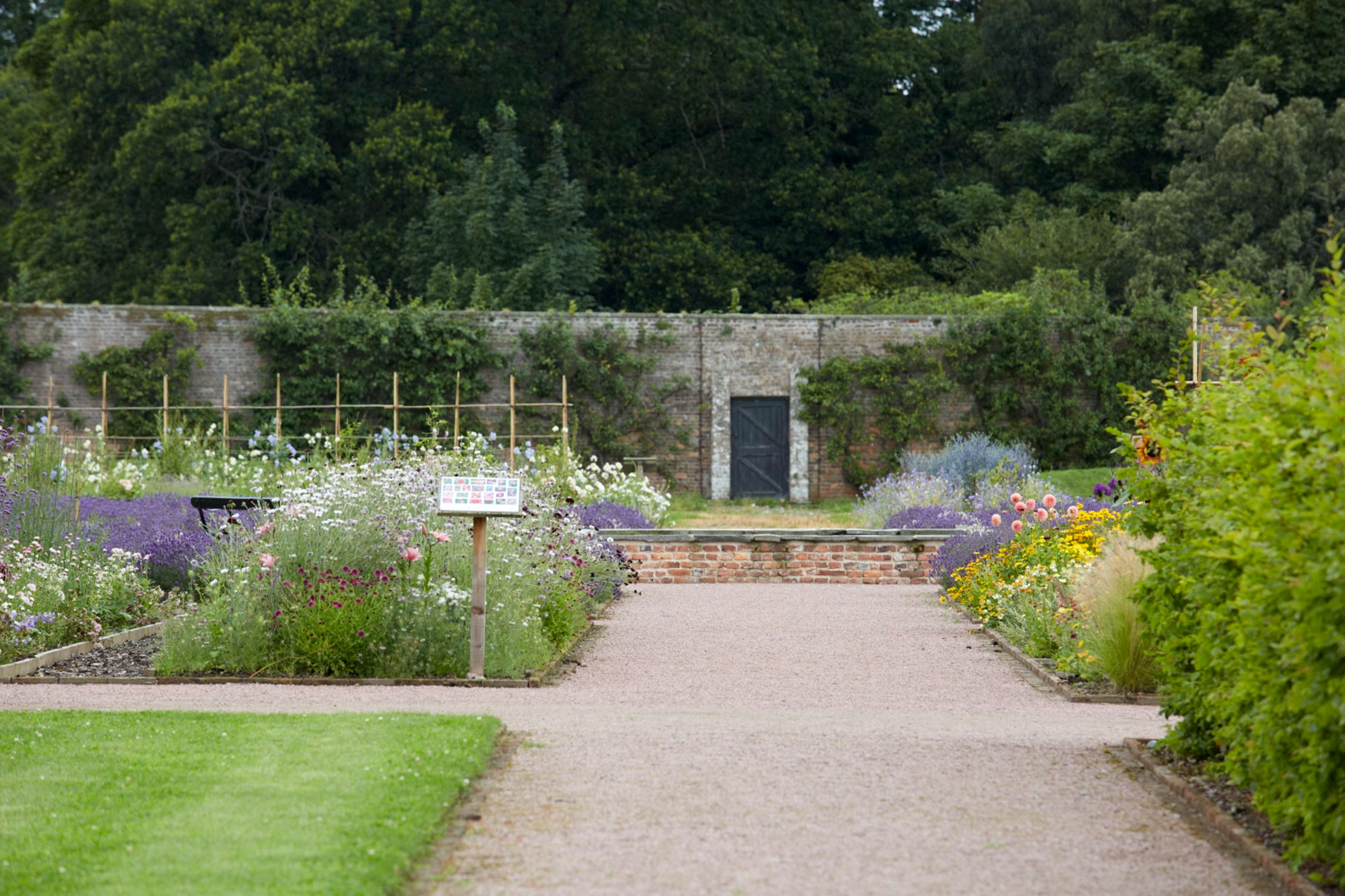
Ed’s workforce consists, in the modern way, of professionals and volunteers alike, a mixture that must keep his mind active beyond the usual constraints of the working day. This is no task for the fainthearted, but I recognise a man with the bit between his teeth and the evidence both of his happy staff and the excellent standard of cultivation speaks for itself. I was certainly thrilled to witness large numbers of ripe apricots grown outdoors in a garden that lies north of the Cairngorms.
Everyone here recognises the need to balance productivity with beauty to draw in the crowds. Thus, alongside the texture and colour of receding rows of perfect brassicas of every kind, the eye is everywhere engaged by the long lines of pale blue and white sweet peas trained on bamboo canes and the quiet theme of use and beauty promoted by the widespread use of stepover cordon apples to frame and define the borders.
Perhaps the best dual-purpose note of all is struck by the many slender rows of globe artichokes, as good to look at as to eat. This is the future of the kitchen garden.
Gordon Castle Walled Garden, Fochabers, Morayshire, is open daily, from 10am to 3pm. Booking essential for afternoon tea. Call 01343 612312 or see www.gordoncastle.co.uk for more details.
-
 380 acres and 90 bedrooms on the £25m private island being sold by one of Britain's top music producers
380 acres and 90 bedrooms on the £25m private island being sold by one of Britain's top music producersStormzy, Rihanna and the Rolling Stones are just a part of the story at Osea Island, a dot on the map in the seas off Essex.
By Lotte Brundle
-
 'A delicious chance to step back in time and bask in the best of Britain': An insider's guide to The Season
'A delicious chance to step back in time and bask in the best of Britain': An insider's guide to The SeasonHere's how to navigate this summer's top events in style, from those who know best.
By Madeleine Silver